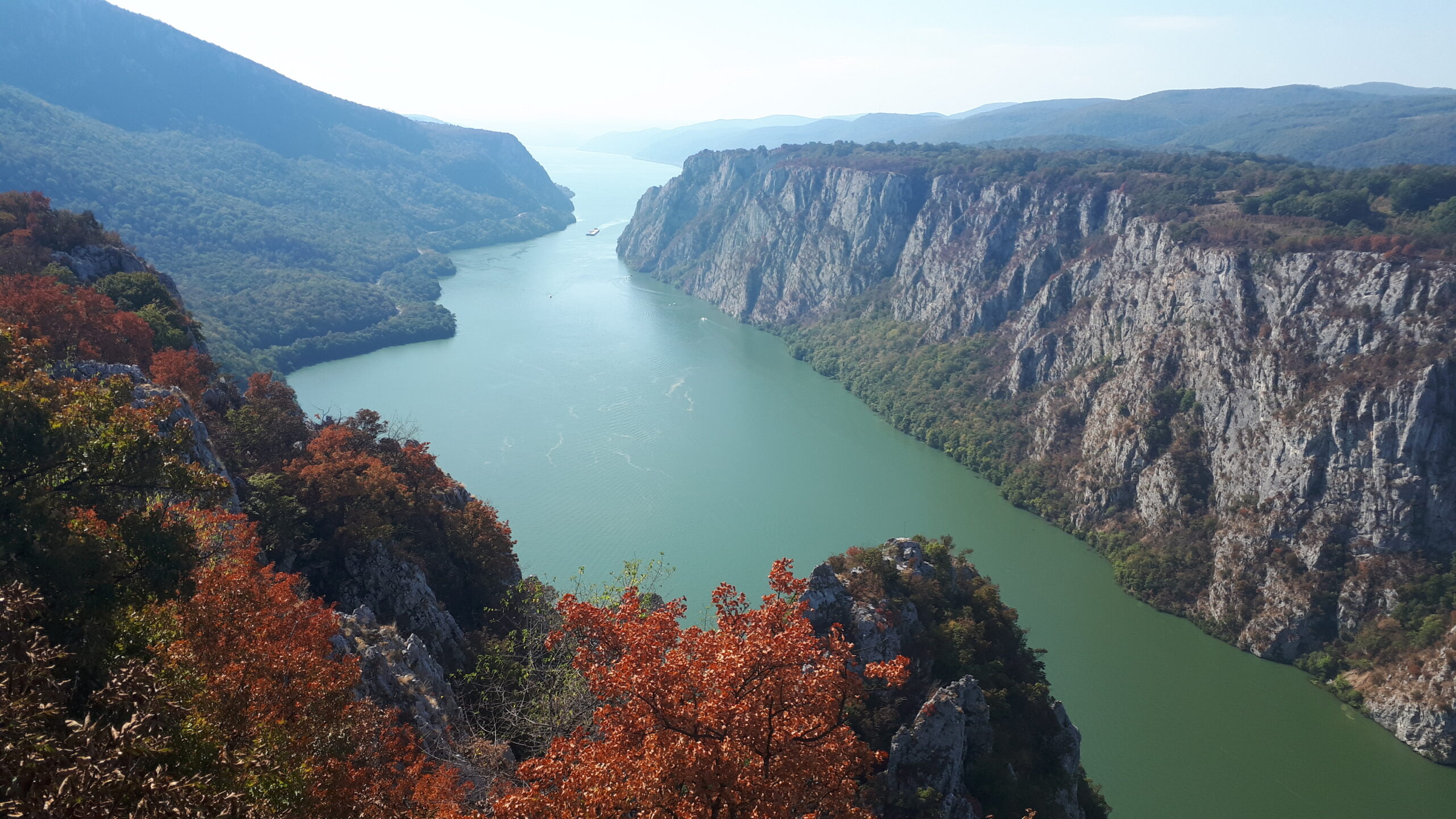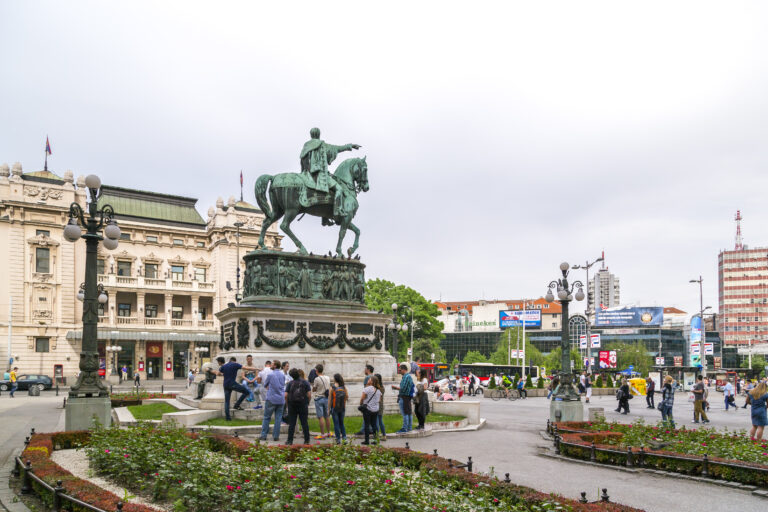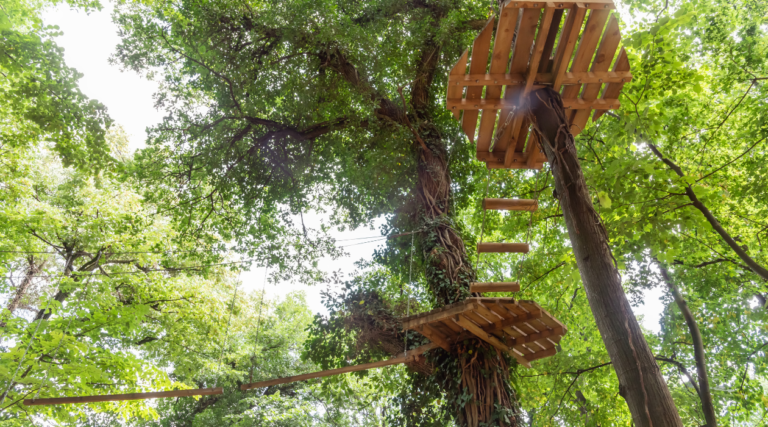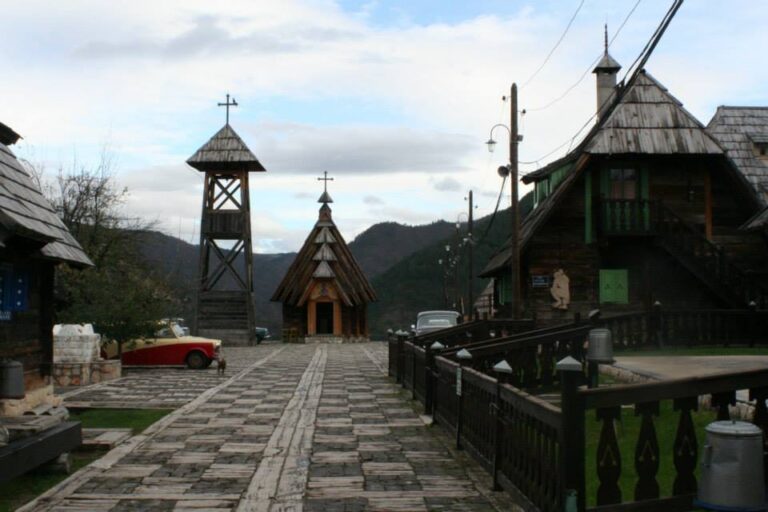Join me on an incredible journey to the breathtaking Djerdap . As a geographer, a tour guide and a nature enthusiast, I have had the privilege of exploring many natural wonders of Serbia, but I must admit that Djerdap holds a special place in my heart. So, join me as we uncover the secrets of this majestic national park together.
Located in the Eastern part of Serbia, Djerdap National Park stretches along the magnificent Danube River, spanning a remarkable 100 kilometers. Its nickname, which translates to “Iron Gate,” perfectly encapsulates the awe-inspiring beauty that awaits those who venture into its embrace. There are many archeological, historical, cultural and industrial heritages that could be found in this National park. So let’s start from the beginning.

We will enter the Djerdap gorge at the town of Golubac. This is where the Danube is widest, over 6,5 km. After the town, we will find Golubac Fortress, one of the most important fortresses on Danube River.
In the Djerdap Gorge, the Danube River reaches its extreme points, showcases its power and majesty carving its path through the rocky terrain. With a depth reaching up to 90 meters and a width of just 100 meters at some points. Danube not only offers a breathtaking panorama but also supports a rich diversity of flora and fauna within its waters.
As we continue our journey through the gorge, we will meet Lepenski Vir. First European Neolithic community, over 10000 years old. Situated on the banks of the mighty Danube River, in the hearth of woods, Lepenski Vir offers a glimpse into the lives and beliefs of early hunter-gatherer societies. Dating back in history, this ancient settlement showcases not only the ingenuity and creative spirit of its inhabitants but also a unique blend of art and spirituality that continues to captivate scholars and enthusiasts alike.
Romans in the Djerdap gorge
The Romans, known for their engineering prowess, left an indelible mark on the region with their impressive heritage. Among them, the famous Roman road, Via Traiana, stands as a testament to their ingenuity. Spanning over 115 kilometers, this road enabled efficient transportation of manpower and trade.
One of the most fascinating Roman artifacts discovered in the vicinity of the gorge is the Tabula Trajana. Erected in the 2nd century AD by the renowned Roman Emperor Trajan, this grand monument holds a special place in the gorge’s historical significance. This carved tablet, found near the ancient Trajan’s Bridge, provides valuable insight into the Roman military campaigns in the region. It depicts Emperor Trajan’s victory over the formidable Dacian king, Decebalus, in the year 101 AD. The Tabula Trajana serves as a historical window into the military strategies of the time, helping archeologists and historians reconstruct this turbulent era.

Speaking of Decebalus, his image is famously carved into the rocky cliff face of the Danube Gorge. Known as the Decebalus Rex sculpture, it is the largest rock relief in Europe. Standing at an impressive height of over 40 meters, this monument commemorates the last king of Dacia and serves as a reminder of the Roman-Dacian conflict. It is an awe-inspiring sight that captures the imagination and transports us back to a time of epic battles and ancient rivalries.
Moving deeper into the Danube Gorge, we encounter the magnificent Trajan’s Bridge. Built by Emperor Trajan himself in 103 AD, this engineering marvel connected the ancient provinces of Moesia and Dacia, facilitating trade and strengthening Roman control in the region. . Spanning approximately 1,140 meters, this engineering marvel was the longest bridge of its time. Although the original bridge no longer exists, its remains can still be seen today, submerged beneath the water’s surface. Standing on the riverbank and gazing into the depths, one can’t help but ponder the extraordinary feats of Roman engineering.
The best way to meet Roman heritage in Djerdap gorge is by taking an organized boat tour.
Djerdap National park
The first thing that struck me when we entered the park was its remarkable biodiversity. This ecological treasure trove is home to over 1,000 species of plants, 160 species of birds, 60 species of mammals, and an array of reptiles and amphibians. As we ventured deeper into the park, I couldn’t help but feel a sense of reverence for the interconnectedness of nature.
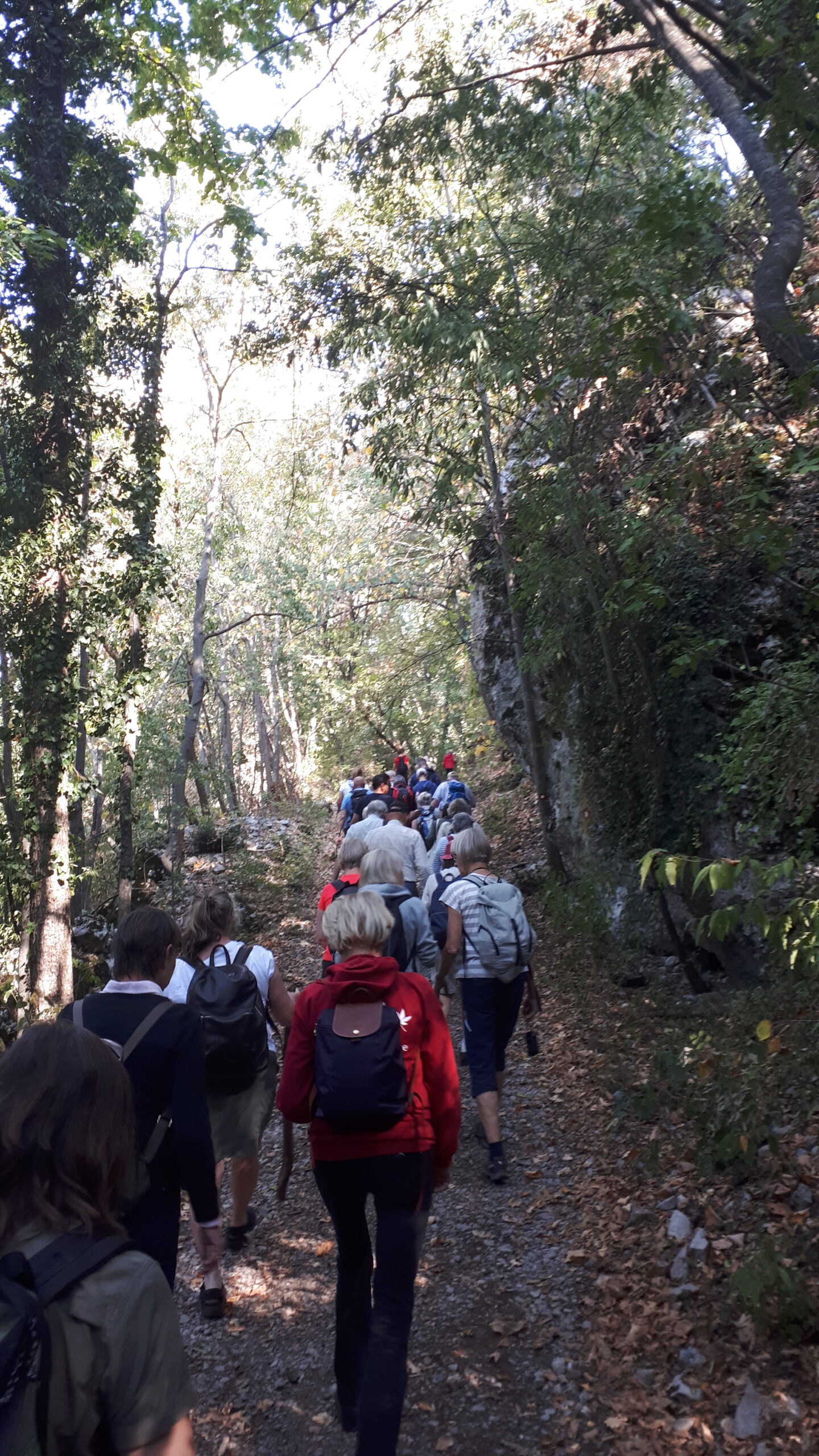
One of the most enchanting aspects of Djerdap’s beech forest is its diverse flora. Within its depths, you’ll find a wide range of plant species, including rare wildflowers, ferns, and mosses. Imagine yourself wandering through a colorful tapestry of flora, with each step revealing a new botanical treasure. Although I can’t describe every single plant species present in the park, I can assure you that you won’t be disappointed by the sheer beauty and variety that awaits you.
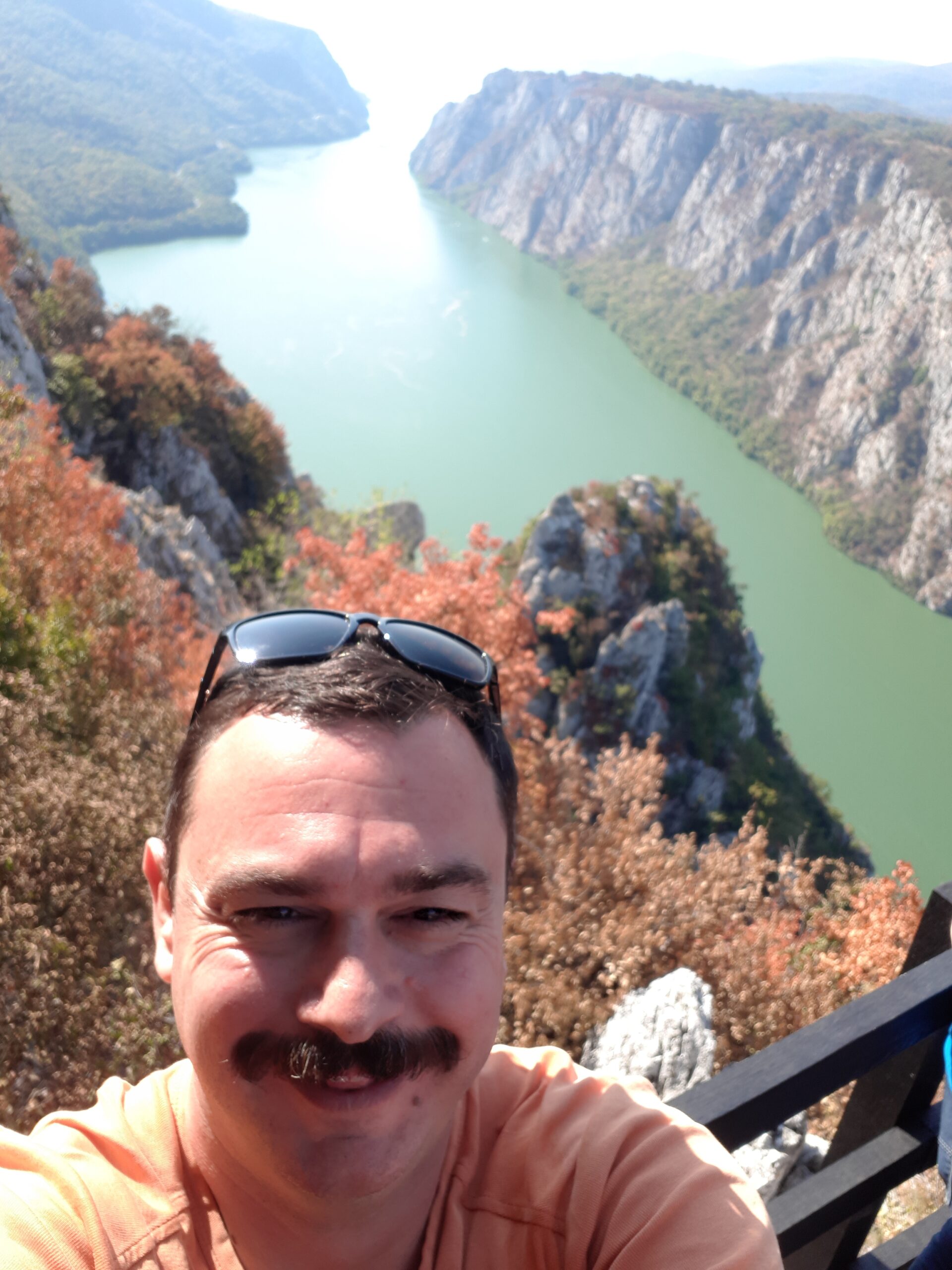
Moving on to the fauna, Djerdap National Park is a sanctuary for numerous animal species, both common and endangered. The park provides a safe habitat for majestic creatures such as brown bears, grey wolves, foxes, and wild boars. If you’re lucky, you might even catch a glimpse of the elusive lynx, which roams the park but prefers to remain hidden. Bird enthusiasts will be delighted by the park’s avian residents, including golden eagles, black storks, and various woodpecker species. As you explore the park’s trails, keep your eyes and ears open – you never know what incredible wildlife encounter awaits you just around the corner.
In addition to its remarkable biodiversity, Djerdap National Park is also home to some exceptional geological formations. The Đerdap Gorge, also known as the Iron Gate, is a breathtaking sight to behold. Here, the Danube River carves its way through towering limestone cliffs, creating a natural masterpiece. The immense scale of the gorge and the raw power of the river will leave you awestruck, reminding you of the extraordinary forces of nature that have shaped this land throughout time.
As I conclude this journey through the wonders of Đerdap National Park, I encourage you to experience it yourself. Immerse yourself in the splendor of the beech forest, allow the captivating flora to enchant you, and listen for the melodious symphony of its diverse fauna. Let the tranquility of this natural sanctuary rejuvenate your soul and remind you of the unparalleled beauty that exists in our world.
Djerdap as a tourist attraction
For the adventure seekers among us, Đerdap offers an array of thrilling activities. From hiking along the park’s numerous trails to exploring hidden caves and cascading waterfalls, there’s something for everyone. As we hiked through the lush greenery and stood atop the park’s mesmerizing cliffs, I couldn’t help but feel a surge of adrenaline and a deep connection to the earth beneath my feet.
But what truly sets this national park apart is its commitment to conservation and sustainable tourism. The dedicated park authorities work tirelessly to ensure that future generations can continue to experience the magic that unfolds within Đerdap’s borders. It is a place where nature reigns supreme, and where humans can peacefully coexist with the wilderness.

